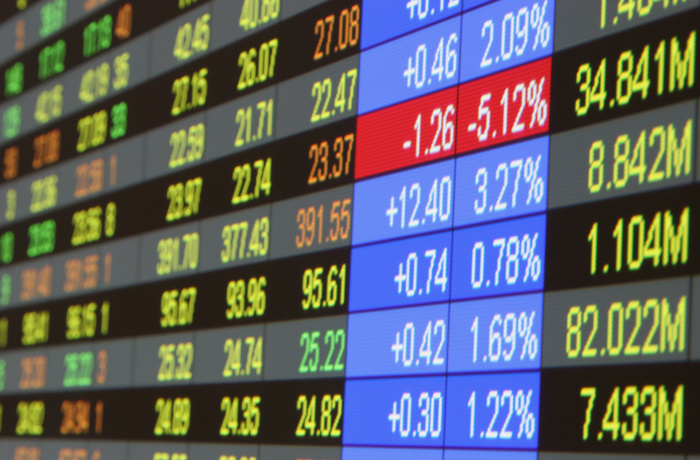Baku, Azerbaijan, Nov. 14
By Farhad Daneshvar – Trend:
Although the main index of the Tehran Stock Exchange grew by 2.1 percent in October, the volume of trades still remains insignificant, a financial analyst told Trend.
"The surge in the prices of commodities over past months as well as the hip in the rate of US dollar against Iranian rial have contributed to a better performance of the main index of the TSE over the past month," Alireza Kadivar, the CEO of T.M. Mellat Investment Company, told Trend November 14.
Over the past month the rate of US dollar has surged by 2.49 percent.
.jpg)
"Commodity producers account for about half of the market cap at the TSE, therefore the surge in the prices of commodities had a key role in the performance of the market," Kadivar said.
"Eventually, these two factors have caused a rise in the prices of the shares of the commodity-driven companies."

However the volume of the daily trades does not satisfy the traders and the positive changes have failed to lure fresh money into the market, the expert believes so.

According to Commodity Markets Outlook by World Bank, prices for energy commodities – which include oil, natural gas, and coal – are forecast to climb 4 percent in 2018 after a 28 percent leap this year. The metals index is expected to stabilize in the coming year, after a 22 percent jump this year as a correction in iron ore prices is offset by increased prices in other base metals. Prices for agricultural commodities, including food commodities and raw materials, are anticipated to recede modestly in 2017 and edge up next year.
Prices of industrial commodities continued to strengthen in the third quarter (q/q), while most agricultural prices remained broadly stable.
In the oil market, inventories continue to fall amid strong demand, OPEC production restraint, and stabilizing US shale oil production. Crude oil prices are expected to average $53 per barrel (bbl) in 2017 (up from $43/bbl in 2016) and rise to $56/bbl in 2018, a small downward revision from the April 2017 forecast.
Metals prices are expected to surge 22 percent in 2017 due to strong demand and supply constraints, notably Chinese environmentally-driven supply cuts. With the exception of iron ore, metals prices are expected to increase moderately in 2018.
Agricultural prices are seen broadly unchanged in 2017 and are anticipated to gain marginally in 2018. Most food markets are well-supplied and the stocks-to-use ratios of some grains are forecast to reach multi-year highs.






